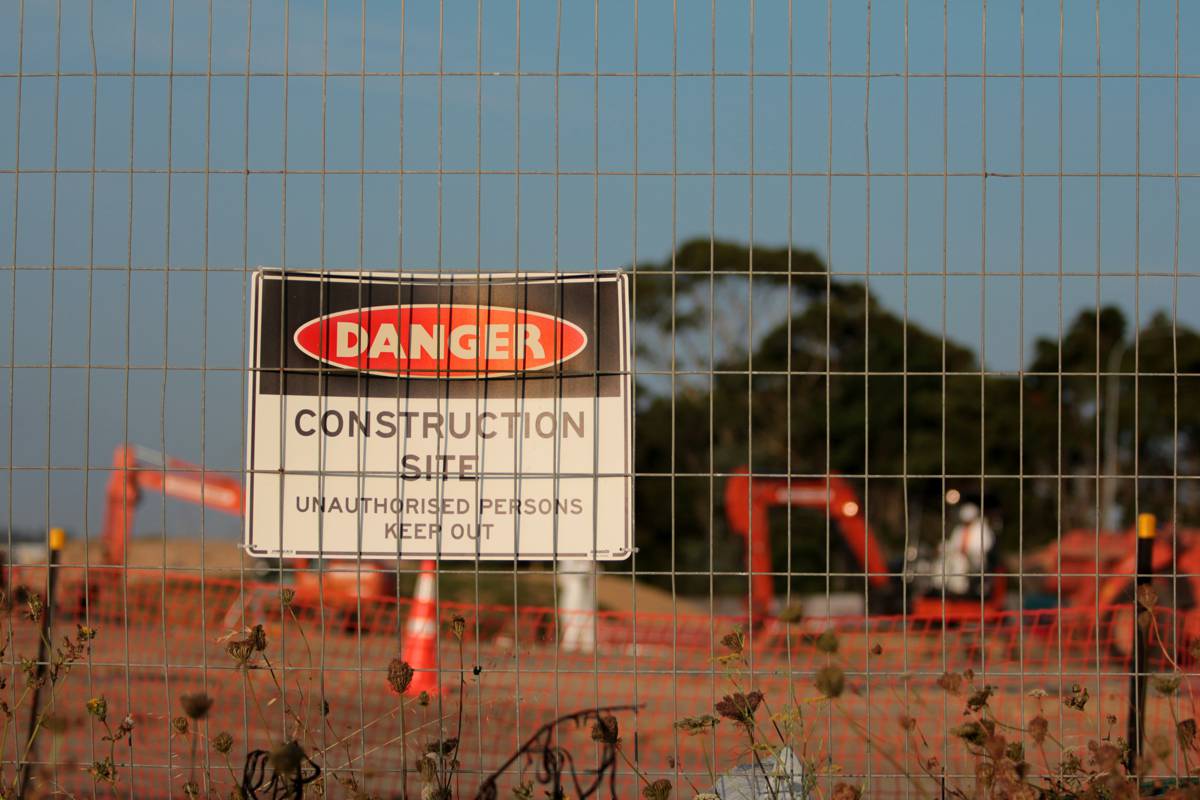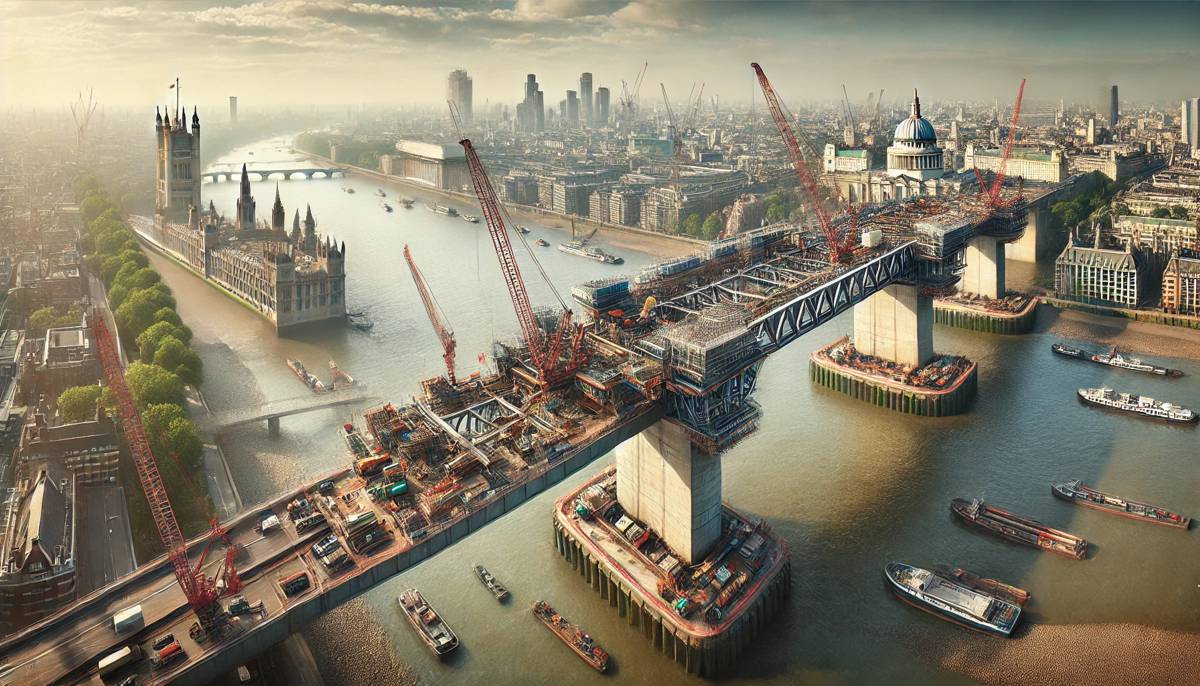Workplace Compliance and Site Safety Protocols
Compliance in a workplace encompasses a vast range of areas, from electrical and mechanical systems to pressure and waste systems, utilities, HSE and much more.
Workplace health and safety compliance is required across any facility that’s governed under the Health and Safety at Work Act. Offices, sports complexes, manufacturing plants – no business as such is exempt from safety legislations.
However, for major hazard industries and those where dangerous machinery and equipment is utilised, compliance is more vital than ever, helping prevent accidents and loss of life.
Brian Imrie, Managing Director of adi Facilities Engineering, a company providing full-service compliance engineering and management solutions, explores the most common compliance pitfalls for businesses:
Record-keeping
“Record-keeping is one of the most common issues, as people often don’t have the necessary documentation, or this is not easily accessible or available”, he says.
“It could be anything from the documents being locked away in a filing cabinet due to someone being on annual leave, to these being misplaced.
“When the HSE carries out an inspection, if you are not able to exhibit any relevant documentation upon request, then by default, you’re non-compliant.
“It’s about being able to demonstrate through auditable records that you’ve done what’s required, to the relevant standard, and using competent resource in order to be compliant”.
Knowledge is power
“Another essential issue revolves around the competencies of staff, and their awareness of what’s required. In some companies, individuals may simply not be aware of what the legal requirements are under the HSAWA.
“But ultimately, if there is an incident, ignorance is not a defence. If you don’t know about specific legislations, it doesn’t mean that you’re not going to get prosecuted should an incident occur.
“It’s also key to make sure that people are aware of what their responsibilities and legal duties of care are.
“These duties can get lost between people, such as if the person in charge leaves and nobody else is assigned their duties, and gaps can appear if there is a need for cross-departmental cooperation in this area which is not adequately managed.
“Education should be a focal point. Not only should there be personnel appointed to ‘duty holder’ roles that deal with relevant legislative elements, but all staff should be made aware of the risks and of what’s required to manage and control them”.
Be proactive
“When it comes to compliance, businesses must be proactive rather than reactive. If you’re reacting to something that’s gone wrong, it’s already too late.
“The worst mistake that businesses can make is not prioritising health, safety and compliance, which is often due to time constraints or busy workloads.
“This may happen in manufacturing sites, where demanding production schedules translate to reduced downtime to carry out maintenance, for instance. This could lead to equipment that should be checked every year only getting checked once every few.
“But it’s vital that businesses keep up to date about evolving health and safety regulations and industry standards, particularly to avoid compliance becoming an oversight”.
Investing in a compliance gap analysis
“Audits conducted by experienced professionals are instrumental in ensuring that equipment and systems are safe, efficient, and reliable and that any inherent risk is adequately mitigated and controlled.
“This can involve mechanical and electrical test and inspections, reviewing documentation and assessments, and checking that equipment and systems are fully compliant.
“It’s vital to remember that many tests, periodic inspections and maintenance activities are enforceable by law, so there are requirements for areas such as pressure systems, boiler operation, electrical systems, lifting operations, provision and use of work equipment and much more.
“Investing in a compliance gap analysis provides an essential tool for early identification of where businesses may be non-compliant and empowers them with the knowledge to put the right procedures in place to protect their staff and the business itself”.
Addressing your compliance gaps
“It’s not enough to simply know where you are going wrong, however. It’s of paramount importance to know what the fix is to resolve the problem in the right way.
“It is essential to have access to the right expertise and solutions to navigate these challenges effectively. Expert advice and tailored solutions enable organisations to implement targeted measures to address these gaps proactively.
“This not only mitigates risks but also enhances operational efficiency and promotes a culture of safety within the workplace. It is an investment in the health, safety, and success of both employees and the organisation as a whole”.
adi Facilities Engineering
adi Facilities Engineering delivers compliance gap analyses across all engineering disciplines, covering areas of vital importance including HSE, electrical systems, dust and ventilation, fire and life safety, mechanical systems, utilities and more.















